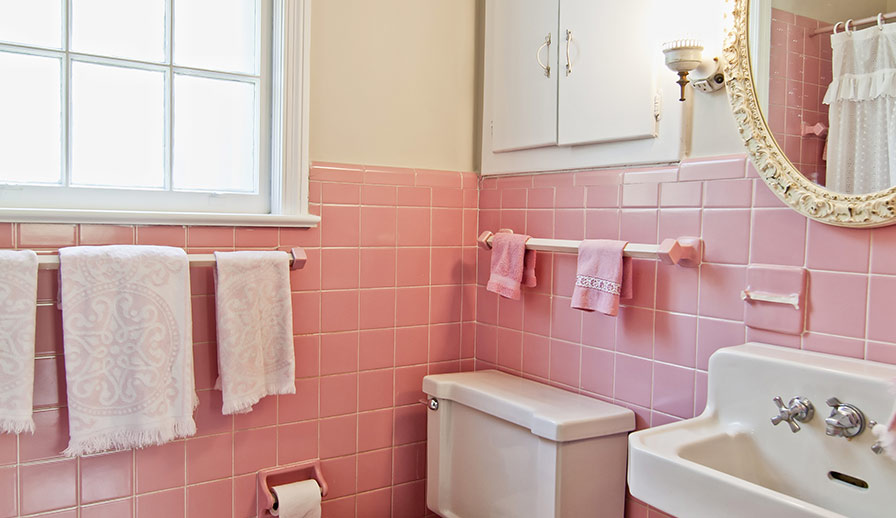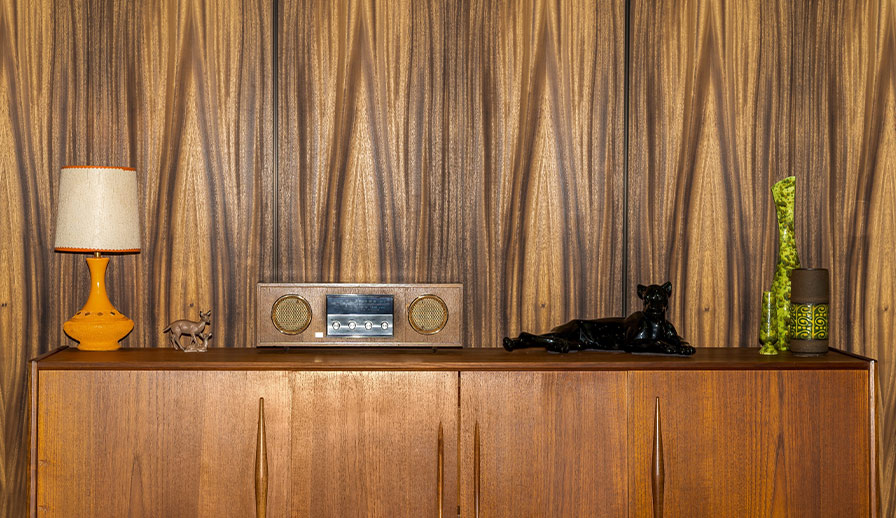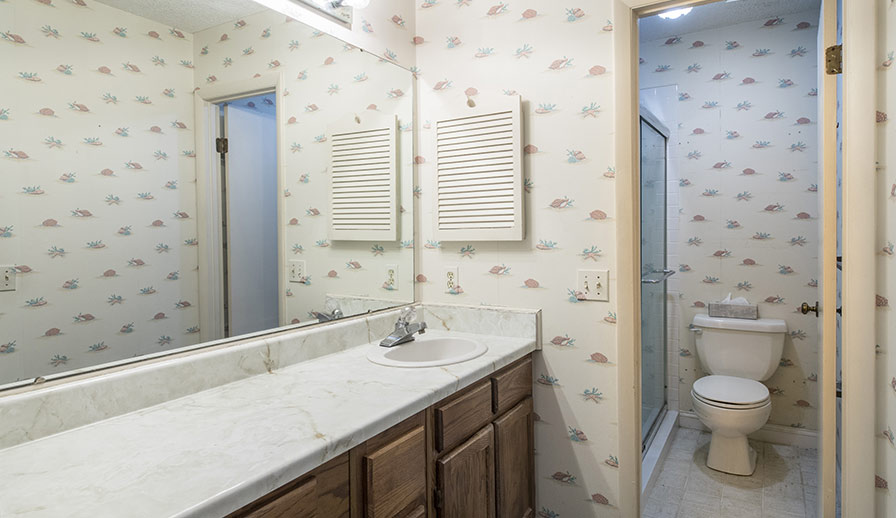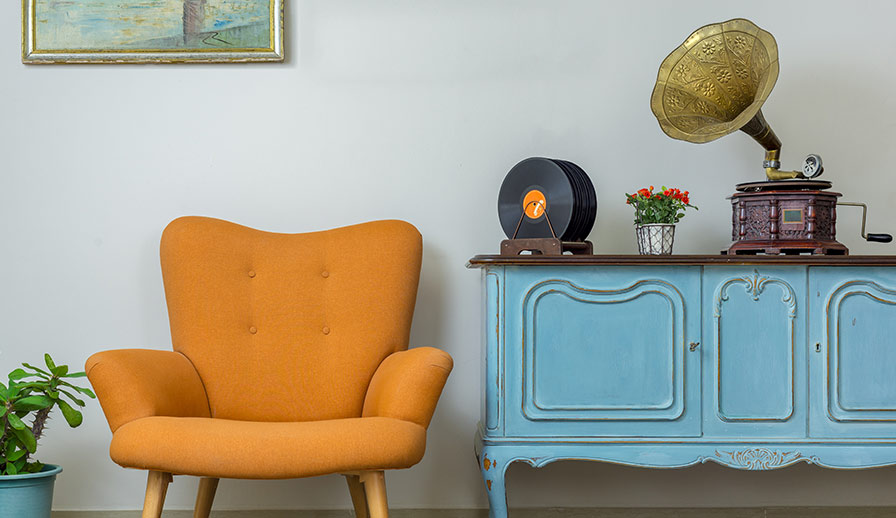Struggling to find content to share on your social media pages?
Stop scrolling through Instagram and Facebook. All you need is REALTOR.ca.
Our consumer lifestyle blog, Living Room, offers content including home improvement, market trends, DIY projects, neighbourhood guides and profiles on unique homes. Living Room publishes exciting new content four times a week (with unique French content for our Francophone fans).
While CREA Café is curated specifically to help your business grow and thrive, Living Room content is perfect to share with your clients.
Owned and operated by the Canadian Real Estate Association (CREA), REALTOR.ca is the No. 1 real estate platform in Canada (Comscore, 2020) with MLS® System listings from across the country.
Share this blog with your clients and followers with the Facebook button below!
You can also follow REALTOR.ca on Twitter, Instagram and Pinterest.
You can read the original blog here.
To say 2020 was a tough year is like saying Canada is a bit cold in the winter. From a design standpoint, the thing we might remember most is simply keeping the coffee table clear.
To take a break from the seriousness of the modern day, let’s take a light-hearted look at some of the more questionable design choices of days past. Knowing what goes around comes around, we’ll do it carefully, just in case shag carpet starts trending in 2021!
The 1950s

Mid-Century Modern is mid-century marvellous. There’s just one little question we have for the 1950s. What’s with the pink? Sure, the drab khaki years needed a makeover, but the influx of pink tiles and sinks sparked many renovation counterattacks in later decades. To be clear, there’s absolutely nothing wrong with the colour pink, but it might have pushed some limits to use it in these quantities.
The 1960s
Shag carpet may have kept our feet warm, but from a visual standpoint it’s a bit of an eyesore on the decade. Shag carpeting was all the rage in the 60s, and you can thank the Brady Bunch for that. Their house featured wall-to-wall carpeting in many colours, which prompted a new trend across households everywhere. However, anyone who bought a house after the shag era ended will tell you it was the first thing to go when doing renovations. Shag carpeting is still around these days, but it’s smartly used for smaller area rugs instead of wall-to-wall décor.
The 1970s

It’s not so much that wood has no place on walls. It does, and panelling has been a design feature that goes back centuries. It’s a stylish and practical alternative even today. What, then, happened to wood panels in the 1970s? Instead of tasteful, upscale presentations, we got glorified cardboard. It was affordable and lined many a basement much faster than conventional drywall construction, but perhaps this was where the misspelling “wreck room” originated.
The 1980s
As pink defined the worst of the 50s, harvest gold—particularly in the form of appliance colours—might be the biggest stain on the 80s. That’s saying plenty when you consider the Laura Ashley floral or pastel-related offenses committed in the Miami Vice Decade. Harvest gold appliances existed in earlier decades, but reached epic proportions in the 80s. Fortunately, the move to energy-efficient appliances hastened the turnover of this unflattering retro shade.

The 1990s
Since we’re more than two decades removed from the 90s, the design disasters from this decade seem somehow less dramatic. The period may be too close for a horrified perspective to fully develop, though Monica Gellar’s eclectic apartment in Friends likely sparked some failed imitations. However, the decorative wallpaper border trend is not one that’s aging gracefully. Used with restraint, it may remain a valid choice, but the 90s ethos had a definite “a border for every room” leaning. Though the appeal was a fast and affordable way to perk up a tired room, it was often overdone, giving a two-dimensional impression that was as flat as the borders themselves.
Even though they may not be “trendy” anymore, there’s some definite comfort in these design trends, bringing us back to a time that seemed a bit more simple. History suggests, even now, we’re committing design faux-pas that will horrify our children and grandchildren, even though we sit comfortably amidst these future horrors. There’s some solace in knowing there’s a chance, however slight, that one among our descendants may choose a harvest gold refrigerator or pink bathroom tile. What goes around comes around, as they say.




